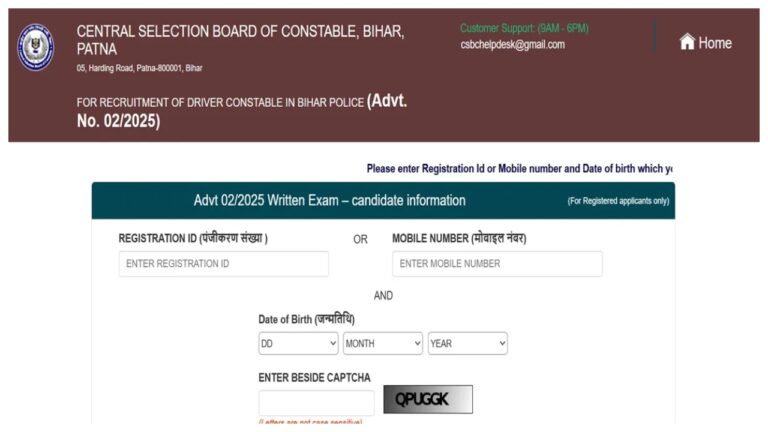Wi-Fi Speed Boost: It’s a frustrating anger, even after paying for a broadband internet subscription and purchasing a state-of-the-art router, many customers remain unsatisfied with their Wi-Fi speeds. In many cases, the culprit is improper router placement or network traffic congestion. There are, however, some simple steps you can take to significantly improve your Wi-Fi speed without spending a fortune.
Read More: Samsung Galaxy Z Fold 6 vs Xiaomi Mix Fold 4: Big Screen Battle
Read More: Google Pixel 9 Pro Fold vs Honor Magic V3: Foldable Innovation
Position Your Router Smartly for Best Coverage
Your router’s location also has a lot to do with your signal strength. Wi-Fi signals flow more easily with less physical hindrance in the way of thick walls, metallic devices, or massive furniture. Place your router in the middle of your home, off ground level, and clear of devices that interfere with the signal. A strategically located router can significantly enhance your network coverage and stability.
Keep Your Router Firmware Current
Similar to computers and smartphones, routers also get software updates that eliminate bugs, close security loopholes, and enhance device performance. Forgetting such updates will make your router slow over time. Updating firmware periodically, either through the router app or web interface, is a good idea. An updated router means a quicker, enhanced internet experience on all your devices.
Secure Your Wi-Fi Network
If your Wi-Fi is not password-protected or has a weak password, freeloaders may be tapping into your network without your knowledge. This takes up available bandwidth, slowing down your internet speed. To secure your network, use a strong, complex password and turn on WPA3 encryption if your router allows it. Keeping freeloaders out leaves more bandwidth for your own devices.
Control the Number of Devices Connected
As smarter things enter our homes, smart TVs, cameras, speakers, and smartphones, it’s not long before networks become bogged down. Each device will guzzle some of your overall bandwidth. Keep speeds upgraded, disable unused devices, and set up a guest network for visitors. Devices with Quality of Service (QoS) options to support prioritization can assist in keeping critical tasks like video calls or playing games with the best connection possible.
Use a Cleaner Channel for Your Wi-Fi Signal
Wi-Fi signals use channels, and if all the routers in your vicinity are utilizing the same one, interference is created. Not only does interference slow down speed, but it also causes the connection to drop more often. Some newer routers can automatically switch to the least busy channel, but you can manually change channels from the router settings for optimal performance. By using a Wi-Fi analyzer app, you will be able to find out the optimal channel quite easily.
Upgrade Your Old Router
Technology is changing at a tremendous rate, and routers are no different. If your router is older than three or four years, it might not be capable of accommodating the newer speeds and larger numbers of devices that exist these days. Replacing it with a new one that has Wi-Fi 6 or Wi-Fi 6E capabilities can significantly improve speed, lower latency, and manage connected devices more efficiently, adding a complete new kick to your network.
Extend Your Coverage with Extenders or Mesh Systems
With a big home or multi-story house, even the best router may not be powerful enough to provide great signals to all rooms. Wi-Fi boosters or mesh networking systems are the solution to this problem by splitting the connection across many nodes installed around the house. A mesh system provides coverage without gaps with smaller signal loss, which is perfect for those requiring solid connectivity in every corner.
Minimize Electronic Interference Around the Router
Most common household electronics, such as microwaves, cordless phones, and Bluetooth speakers, use the same frequency as Wi-Fi networks. Therefore, this interference may slow down and degrade your connection. For optimal performance, keep your router away from these devices. A less blocked signal path simply translates to faster and more stable internet access.
Consistency is the Key to a Stable Wi-Fi Experience
Boosting your Wi-Fi speed is not necessarily all about quick Band-Aid fixes. Monitoring devices connected, router updates, and small placement tweaks will have you running smoothly in the long run. By embracing these easy yet efficient steps, you can expect to get faster browsing, smoother streaming, and an overall much better internet experience at home.










